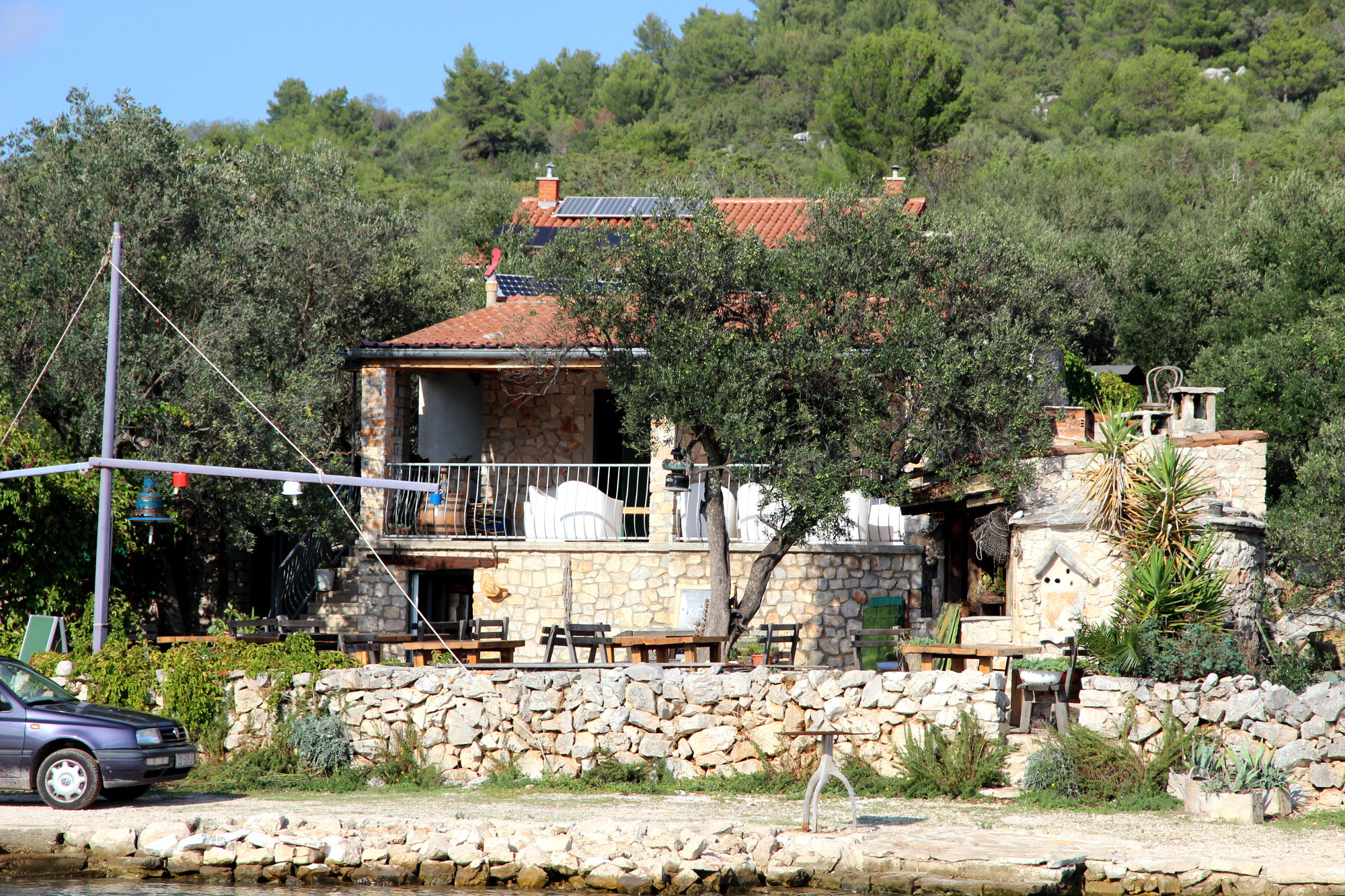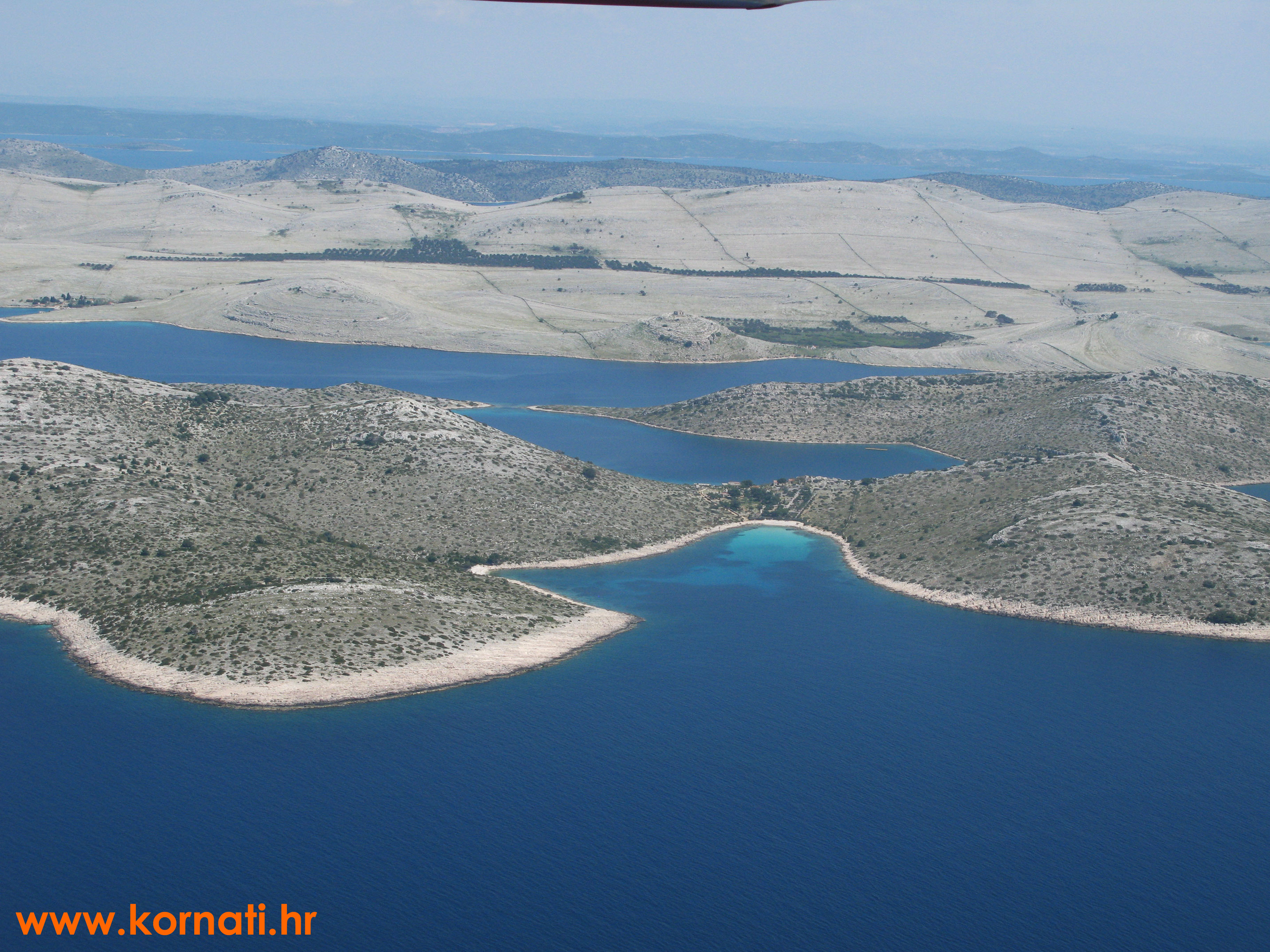Heute stellen wir Dir weitere Restaurants und Konobas des Nationalparks Kornaten vor. Du hast den ersten Teil des Artikels verpasst? Kein Problem, folge einfach diesem Link.
Die Konoba Go-Ro in der Bucht Magrovica auf der Insel Dugi Otok wird von Goran und seine Sohn Jakov geführt. Die meisten Zutaten seiner Gerichte kommen aus eigener Produktion oder eigenem Fang. Beispielsweise wird hinter dem Haus Gemüse angebaut und frisch geerntet. Der Fisch wird selbst gefangen oder von lokalen Fischern zugekauft und auf dem Grill zubereitet.
Gäste sind vom 15.04. bis zum 15.10. herzlich willkommen, in der Hochsaison sollte ein Tisch vorab reserviert werden. Das Go-Ro zählt zu den eher hochpreisigen Konobas was die frischen Zutaten und der hauseigene Wein jedoch wegmacht.
Read More»







